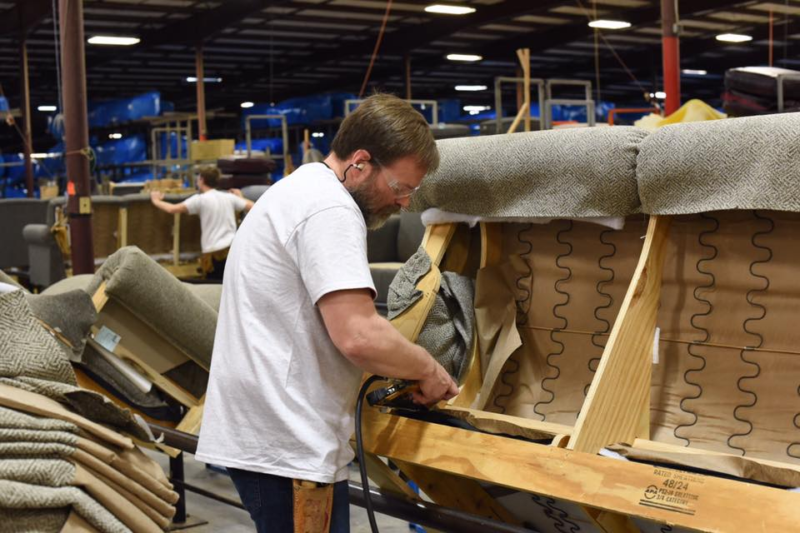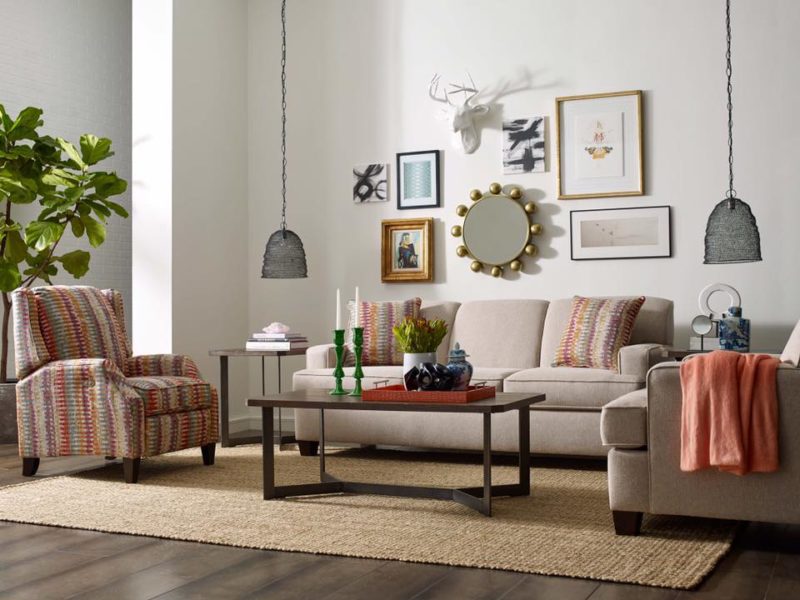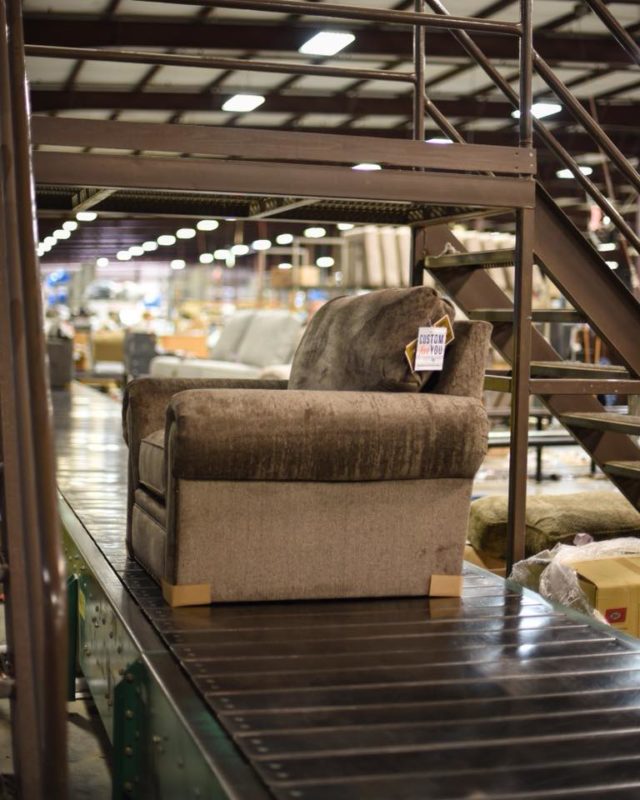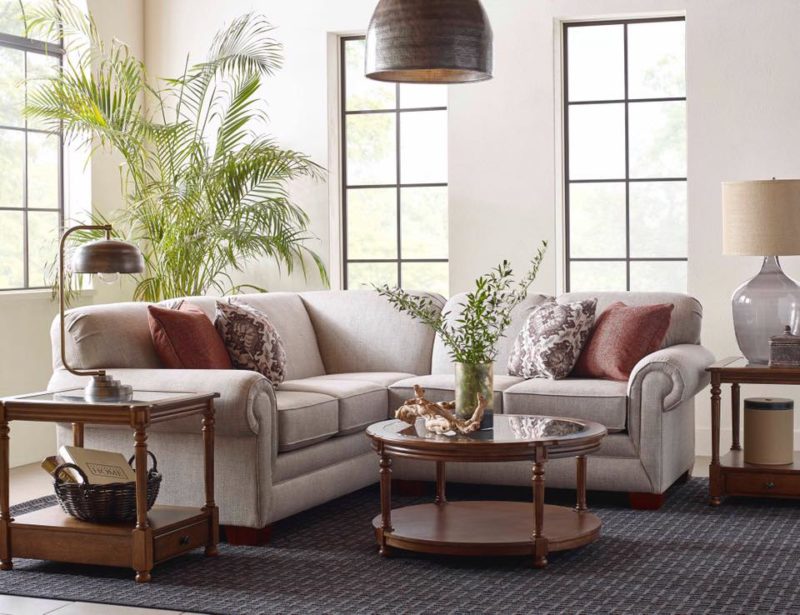The often cited emergence of furniture manufacturing began around 3000 BC as noted by furniture discovered in a preserved village located in Orkney, Scotland. In the many centuries since these original pieces were created, humans have been able to improve the design and functionality of furniture.
In the 18th and 19th centuries archaeologists uncovered tables and inlaid serving stands that were dated back to the 8th century BC in Gordion, Turkey. Ancient Egyptian furniture has been known to include beds, boxes and chairs dating from 1550 to 1200 BC. The early art of furniture making was also present in Ancient Greece. Research has found Greek vases with images of beds and chairs suggesting that some Greek furniture could be dated as early as the 2nd millennium BC. Wood was commonly used to create furniture and furniture made with wood was usually heavy and ornamented with carved designs.
During the time of early modern Europe, furniture making became increasingly common and popular. During the 17th century, both Southern and Northern Europe was characterized by opulent and often gilded Baroque furniture designs. Palladianism was a style that belonged to Great Britain while the Rococo and Neoclassicism styles were more common in Western Europe.
By the year 1860s, the Rococo style subsided and the Renaissance Revival took its place as the latest trend in furniture style. Reform and revolution in the art of furniture was very evident an marked the turn of the century.
After World War II, some furniture makers took a new initiative and began to use other materials – such as metals and plastics – in their furniture pieces. These furniture makers collaborated to create new designs such as the Eames chair and ottoman. These pieces are most known for their composition of curved molded plywood with deeply padded upholstery. Modernism in terms of furniture was introduced during the first three quarters of the twentieth century. Many furniture designers worked to attain this Modernist style. This is also the era when Transitional furniture was first introduced. This furniture sought to fill the gap between Traditional furniture and Modern furniture.
During the 1980s, furniture styles had rapidly flourished to the point of hundreds of examples emerging on the scene. The positive aspect of this stylistic era was the enormous range of choices that were offered, from classic modern to high-tech industrial furnishings. Live-edge was introduced as one unique outgrowth of post-modern furniture design. This design incorporated the natural edge of the wood and blended it with the design of the furniture.
England Furniture, born in 1964, demonstrates the growth of furniture styles that have occurred in the furniture manufacturing industry over recent decades. England Furniture provides audiences with a wide variety of modern and traditional styles and they supply their customers with custom fabric and pattern options. The England Furniture factory is located in the United States (in the state of Tennessee) and you can view the latest offerings of England Furniture or visit the full England Furniture catalog to see the wide array of England Furniture creations.








have la-z-b0y sofa witch is no good is England made by la-z-boy
England Furniture is a La-Z-Boy company, however England Furniture is made in it’s own factory, with our own machines, employees, and techniques.